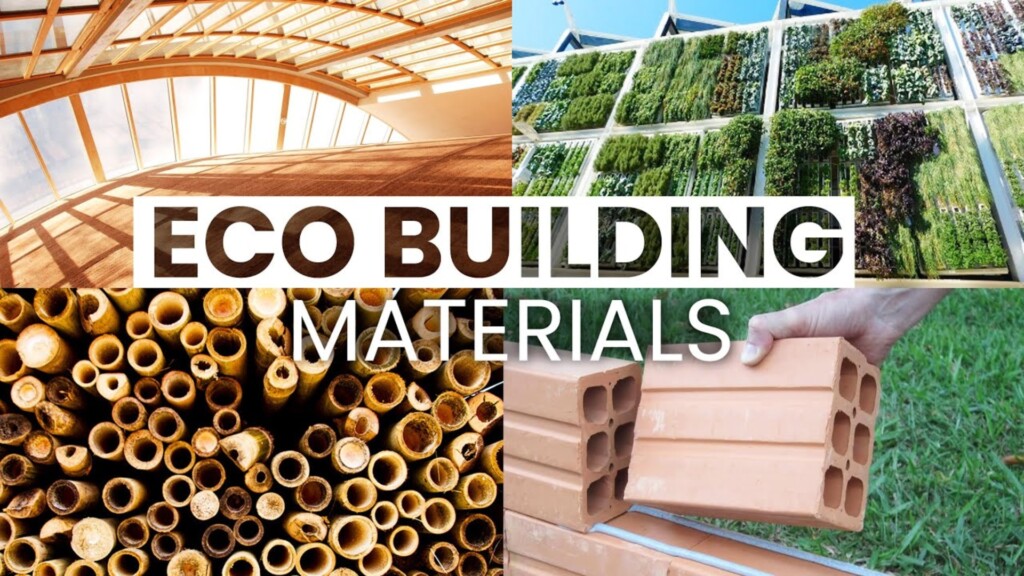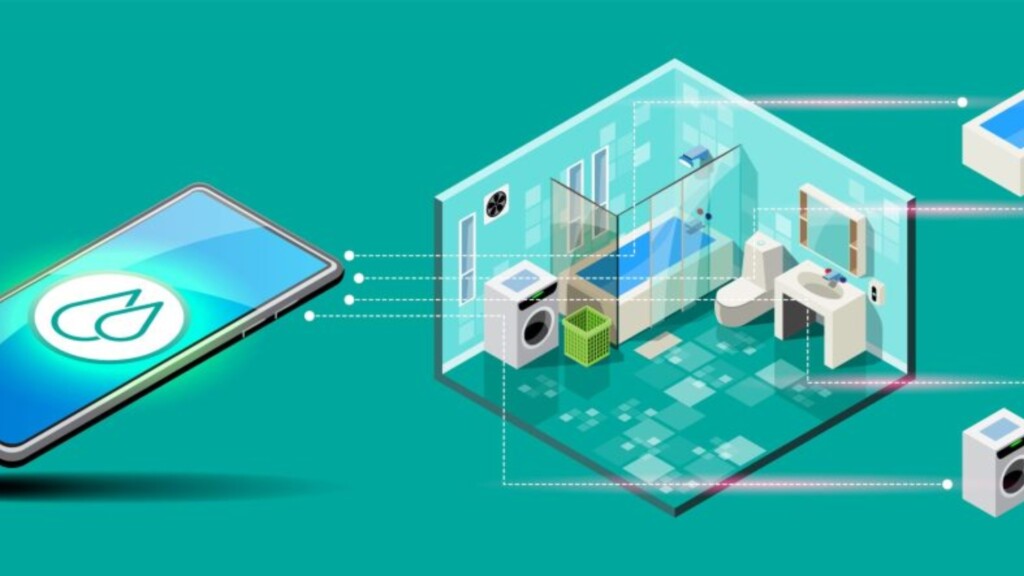Exploring the Future of Sustainable Property Development
Introduction:
Sustainable property development is quickly becoming one of the most important trends in the real estate industry. With growing concerns about climate change and the need for environmental conservation, developers and buyers alike are increasingly prioritizing eco-friendly and energy-efficient homes and buildings. In this article, we’ll explore the future of sustainable property development, highlighting key trends, technologies, and practices that will shape the real estate market in the coming years.
1. The Shift Towards Eco-Friendly Building Materials
As the demand for sustainable property development grows, one of the key areas of focus is the use of eco-friendly building materials. In 2025 and beyond, more developers are turning to sustainable materials that reduce environmental impact, offer energy efficiency, and promote a healthier living environment. Some of the most popular green building materials include:
- Recycled Materials: Materials such as recycled steel, reclaimed wood, and recycled concrete are being used to reduce waste and lower the carbon footprint of construction projects.
- Bamboo: Known for its rapid growth and sustainability, bamboo is becoming a popular material in flooring, furniture, and even structural elements of buildings.
- Low-VOC Paints and Finishes: Volatile organic compounds (VOCs) found in paints, adhesives, and finishes can be harmful to indoor air quality. In response, low-VOC and zero-VOC products are gaining traction in sustainable buildings.
- Insulating Concrete Forms (ICFs): These forms offer high energy efficiency and reduce the need for additional insulation in buildings.
Using these and other sustainable materials not only helps reduce environmental impact but also promotes long-term savings in energy consumption.

Image Alt Text: Eco-friendly building materials like recycled wood and bamboo for sustainable property development.
2. Energy-Efficient and Net-Zero Buildings
In the future, energy efficiency will be at the heart of sustainable property development. The goal is to create buildings that are not only energy-efficient but also produce as much energy as they consume—known as net-zero buildings.
- Solar Energy: Solar panels are becoming a standard feature in many new builds. In some cases, buildings are being designed to integrate solar energy systems seamlessly into the architecture.
- Smart Technology: Advanced smart home technology will continue to play a role in optimizing energy usage. Smart thermostats, energy-efficient lighting, and automated systems help to reduce energy consumption while maintaining comfort.
- Passive Design: Passive house designs focus on making buildings more energy-efficient by utilizing natural heat, cooling, and lighting, reducing the need for active heating and cooling systems.
As we move forward, more buildings will aim for energy self-sufficiency, contributing to a reduced reliance on external power grids and lowering overall carbon footprints.
3. The Role of Green Roofs and Urban Green Spaces
As cities continue to expand, sustainable property developers are increasingly incorporating green roofs and urban green spaces to combat the effects of urban sprawl. These green spaces not only improve the aesthetics of buildings but also provide significant environmental and health benefits.
- Green Roofs: Green roofs are covered with vegetation and are designed to absorb rainwater, reduce energy use, and improve air quality. These roofs also provide insulation, which helps to maintain a comfortable indoor temperature.
- Urban Gardens and Green Spaces: Incorporating parks, green walkways, and community gardens into developments can reduce the urban heat island effect, improve biodiversity, and offer residents areas for relaxation and recreation.
These elements contribute to creating more sustainable, livable cities while enhancing the well-being of their residents.
4. Water Conservation and Smart Plumbing Systems
Water scarcity is becoming an increasingly important issue worldwide, and sustainable property development must address this challenge. By implementing water conservation technologies, developers can reduce a property’s overall water consumption and contribute to environmental conservation.
- Rainwater Harvesting Systems: These systems collect and store rainwater for use in landscaping or even as potable water in some cases. This reduces the demand on municipal water systems and helps conserve natural resources.
- Low-Flow Fixtures: Low-flow toilets, faucets, and showerheads are now standard in sustainable buildings. These fixtures help reduce water usage without compromising on performance.
- Smart Plumbing: New innovations in plumbing, such as sensors that detect leaks and automatically shut off water, can help conserve water and prevent unnecessary waste.
By adopting these technologies, property developers and homeowners can save on water bills while playing a role in protecting the environment.

Image Alt Text: Smart plumbing systems designed for water conservation in sustainable property development.
5. Sustainable Community Planning and Development
Sustainable property development goes beyond individual buildings—it involves creating entire sustainable communities. These communities are designed with the environment and residents’ quality of life in mind. Key elements include:
- Mixed-Use Development: Sustainable communities often include a mix of residential, commercial, and recreational spaces. This reduces the need for cars and promotes walking, cycling, and the use of public transportation.
- Public Transportation Access: Developers are increasingly designing communities that are easily accessible by public transportation, reducing the reliance on personal vehicles and lowering carbon emissions.
- Local and Sustainable Food: Some developments include community gardens and local food markets, promoting access to fresh and sustainable produce.
By creating sustainable communities, developers are helping to reduce environmental impact and improve the overall quality of life for residents.
6. Sustainable Property Certification and Green Standards
As sustainability becomes a central focus of real estate, various green building certifications and standards are emerging to guide developers and buyers alike. These certifications ensure that properties meet certain environmental, energy, and sustainability criteria. Some of the most recognized certifications include:
- LEED (Leadership in Energy and Environmental Design): LEED is a global certification for green buildings that measures a property’s environmental impact across various categories, including energy, water, materials, and indoor environmental quality.
- BREEAM (Building Research Establishment Environmental Assessment Method): BREEAM is a widely recognized sustainability assessment method that measures the environmental performance of buildings.
- WELL Building Standard: This standard focuses on the health and well-being of the people inside the building, addressing aspects such as air quality, water quality, lighting, and acoustics.
These certifications help buyers and investors identify properties that align with their values and contribute to sustainability goals.
7. The Future of Sustainable Property Development: Innovation and Technology
The future of sustainable property development will be driven by innovation and technology. From artificial intelligence (AI) to 3D printing, technology is revolutionizing how properties are designed, built, and maintained:
- AI in Building Design: AI can optimize building designs for energy efficiency, space usage, and sustainability. Smart algorithms can also help identify materials that minimize environmental impact.
- 3D Printing: 3D printing technology allows developers to create buildings more efficiently and with less waste. This technology can reduce costs and time while offering new possibilities for sustainable designs.
- Renewable Energy Integration: More developments will integrate renewable energy sources, such as solar, wind, and geothermal energy, directly into the building’s systems.
These innovations will help developers reduce costs, improve energy efficiency, and create truly sustainable properties for the future.
Conclusion
Sustainable property development is not just a trend—it’s the future of the real estate industry. With growing concerns about environmental impact and resource conservation, developers are increasingly adopting eco-friendly building practices, energy-efficient designs, and sustainable community planning. In 2025 and beyond, we can expect these trends to continue shaping the industry, with technology and innovation playing a key role in driving progress.
Whether you’re a buyer, investor, or developer, understanding the future of sustainable property development is essential to making informed decisions. For more insights into sustainable real estate, be sure to visit our website for expert advice and resources.




